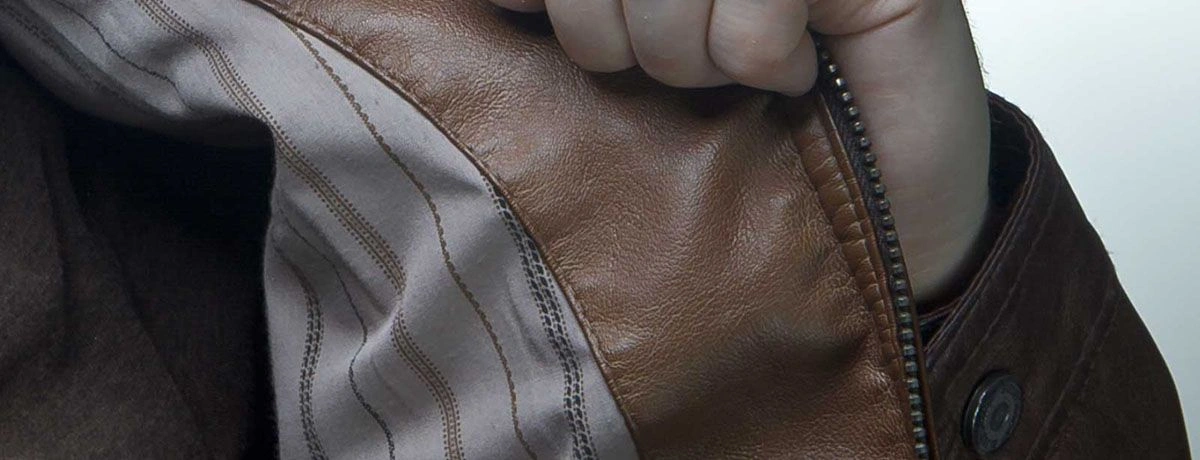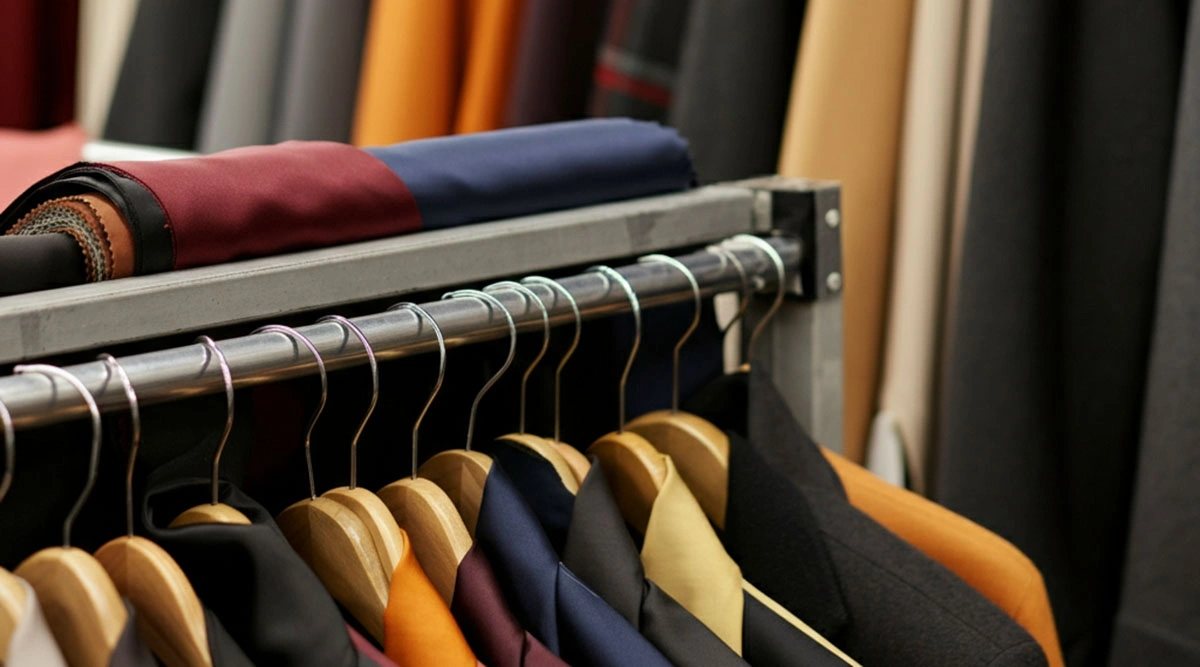Jacket Lining Fabrics for Garment Manufacturers

Jacket lining fabrics play a pivotal role in garment manufacturing. Bemberg lining, a specific type of fabric known for its smoothness and versatility, is often used to enhance comfort and functionality in various sewing projects. While they might not be the “face” of the jacket, they significantly affect its comfort, durability, and perceived quality. For garment manufacturers, textile traders, and wholesalers, understanding jacket linings isn’t just about choosing fabric—it’s about balancing practicality, design, and cost-effectiveness.
This guide explores everything you need to know about jacket lining fabrics, including their types, selection considerations, sustainability, sourcing options, and their impact on design and quality.
What Are Jacket Lining Fabrics and Why Are They Important?
Jacket lining fabrics are materials sewn into the interior of a jacket to improve comfort, structure, and functionality. Essentially, they provide a polished finish that enhances a jacket’s look. But their benefits go much deeper than aesthetics. Selecting the right lining fabric is crucial for any sewing project, as it can significantly impact the overall comfort, appearance, and quality of the finished garment.
Lining materials reduce friction, making the jacket easier to wear. They also impact the garment’s breathability and thermal properties by regulating how heat and moisture move between the jacket and the body. For manufacturers, selecting the right lining helps elevate the quality of a jacket while simultaneously optimizing cost and durability during production.

Types of Jacket Lining Fabrics
Different jacket designs require different kinds of lining materials. Here are the most common types of jacket lining fabrics used in the garment industry, along with their unique characteristics. Silk lining is a desirable choice for enhancing comfort and usability, allowing for easy slipping in and out of clothing while contributing to a luxurious feel. Additionally, experimenting with various shades of lining fabrics can complement or contrast with outer fabrics, enhancing the overall aesthetic of garments.
Satin
-
Description: Satin lining is synonymous with luxury. It is soft and smooth with an elegant sheen.
-
Best Used For: High-end coats, evening wear, gowns, or premium womenswear.
-
Pros: Adds a premium feel, smooth texture makes jackets easy to slide on.
-
Cons: Can be expensive and less breathable compared to other fabrics.
Viscose
-
Description: Viscose is a semi-synthetic fiber prized for its silk-like qualities and affordability.
-
Best Used For: Everyday jackets and mid-range garments.
-
Pros: Lightweight, breathable, and eco-friendlier than synthetic fabrics.
-
Cons: Slightly less durable and prone to wrinkling compared to polyester.
Polyester
-
Description: The go-to synthetic fabric for jacket linings because of its cost-effectiveness and robust performance.
-
Best Used For: Budget-friendly garments, sports jackets, and workwear.
-
Pros: Durable, wrinkle-resistant, and affordable.
-
Cons: Less breathable and may trap heat, making it less warm and comfortable in certain conditions.
Other Options
-
Cupro (a silk-like, plant-based lining fabric): Lightweight and breathable, but less common due to high costs.
-
Polyester/Viscose Blends: Combine the benefits of both fibers for added versatility.
-
Wool: A primary fabric choice for men's suiting, known for its comfort and breathability. Wool jackets can effectively utilize non-stretch lining materials, making it a versatile option.
-
Acetate Linings: Good for wrinkle resistance and silky texture, acetate is good for functional and stylish jackets. Often used as a more affordable alternative to silk for formal and semi formal outerwear.
-
Cotton linings: breathable, durable and soft, good for lightweight jackets. Also good for casualwear especially in warm climates.
-
Jacquard: another versatile lining option that can add unique patterns and textures, making the jacket stand out.
-
Lining fabrics can be purchased by the yard, offering a variety of options such as polyester and rayon for different garment projects.
How Should Garment Manufacturers Select Jacket Lining Fabrics?
For garment manufacturers, choosing the right jacket lining fabric isn’t solely about aesthetics. Here are the key factors to evaluate before selection:
1. Durability
Durability matters, especially in jackets subjected to frequent use, like workwear or outerwear. Polyester lining fabrics score high on this metric due to their resistance to wear and tear.
2. Comfort and Breathability
The target climate determines breathability needs. Viscose, for instance, offers better ventilation in warmer temperatures, whereas polyester lining fabric suits colder weather due to its insulating properties.
3. Cost-Effectiveness
Budget constraints often dictate material choices. Balancing performance with price is critical, and blends like polyester-viscose offer a practical solution.
4. Design Compatibility
For luxury garments, satin lining can elevate the perceived value and market price. Suit jackets, for example, benefit from specific lining fabrics like Bemberg, which enhance comfort and finish. Meanwhile, functional outerwear may need lightweight, insulating polyester fabrics.
5. Sustainability
More manufacturers are opting for eco-friendly options to meet consumer demand for sustainable fashion. Let's explore some alternatives.
Exploring Sustainable Lining Fabrics
The global fashion industry is shifting toward sustainability, and linings are no exception. Here are some eco-friendly types of jacket lining fabrics worth considering:
1. Recycled Polyester Linings
Recycled polyester is made from PET bottles and other post-consumer waste. It offers the same durability and performance as virgin polyester but with a significantly reduced environmental impact.
-
Case Study: A Danish garment manufacturer reported a 30% decrease in their carbon footprint after switching to recycled polyester fabric for jacket linings while maintaining customer satisfaction and garment quality.
2. Organic Cotton Linings
Organic cotton is grown without harmful pesticides. Though less common for suit jackets, its natural feel makes it a valuable niche option.
3. Lyocell (TENCEL™)
Produced from sustainably sourced wood pulp, Lyocell offers a soft, smooth texture with low environmental impact.
By incorporating these alternatives, manufacturers can appeal to environmentally conscious consumers while setting their products apart in the market.
Sourcing and Wholesale Options for Jacket Linings
High-quality lining fabrics are crucial for ensuring exceptional garment quality. Reliable sourcing is non-negotiable for manufacturers and wholesalers.
Here are key steps to sourcing jacket lining fabrics efficiently and economically:
1. Identify Trusted Suppliers
Partnering with experienced suppliers ensures consistency in quality and volume. Evaluate suppliers for their certifications, reputation, and material range.
2. Compare Costs and Quality
Whether you’re sourcing cloth lining material or specialized coat lining fabrics, weigh price against durability, texture, and features. For example, mid-tier viscose linings often strike the right balance between affordability and quality.
3. Ask for Samples
Request fabric samples to assess the texture, weight, and visual appeal before placing large orders.
4. Explore Digital B2B Marketplaces
Platforms like Alibaba and Global Sources streamline wholesale fabric ordering. Make sure to verify reviews before committing to a supplier.
How Lining Fabrics Impact Jacket Design and Quality
The choice of lining fabric not only affects a jacket’s interior but plays a key role in its overall design and customer appeal.
1. Enhancing Design Aesthetics
Luxury linings—like satin—can make an ordinary jacket look high-end, allowing brands to charge a premium for elevated style.
2. Improving Comfort
Choosing breathable linings for garments like skirts improves wearer comfort, leading to higher customer satisfaction.
3. Boosting Brand Perception
Customers often associate premium lining materials with high-quality craftsmanship, enhancing the brand’s reputation and loyalty.
-
Case Study: A garment company switched from polyester to viscose lining and experienced a 20% increase in customer satisfaction ratings, mainly due to enhanced comfort and reduced heat retention.
Elevate Your Jacket Manufacturing Game
Jacket lining fabrics may often go unseen, but their importance in garment manufacturing cannot be overstated. By carefully choosing the right lining, garment manufacturers can elevate their products’ quality, appeal, and customer satisfaction while addressing growing demands for sustainability.
Choosing the right fabric starts with understanding your options and partnering with reliable suppliers. Whether you’re transitioning to sustainable fabrics like recycled polyester or selecting satin for premium designs, making informed decisions will yield long-term rewards.
At the end of the day, the perfect lining fabric doesn’t just complete the garment—it supports your brand’s reputation.
